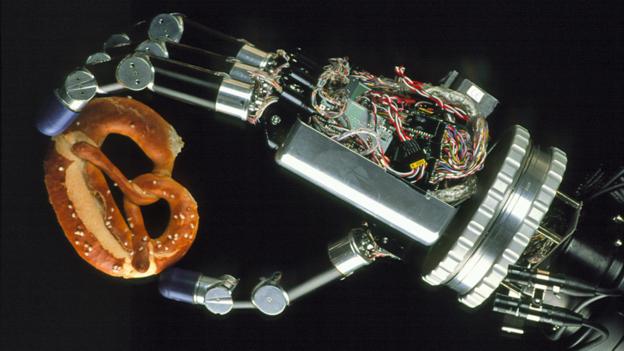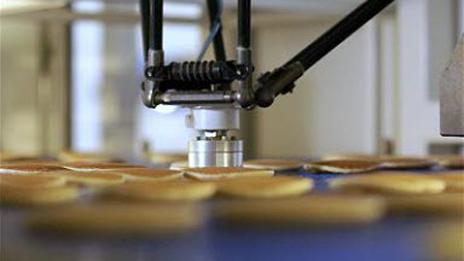
Here in the United States, we’re quickly hurdling towards a future where all you need to carry with you is a smartphone. No cash, no credit cards, and now no driver’s license needed. The state of Iowa will soon be releasing a dedicated app that will effectively serve as a complete replacement for the traditional plastic driver’s license, and other states will likely follow suit. Both police and airport security will accept this new digital license, so feel free to leave your wallet or purse at home.
Starting next year, this digital driver’s license will be an option for all Iowa drivers. It’s currently unclear as to which platforms will be supported, but it’s a safe bet that iOS and Android will be the priority. Will Windows Phone and Blackberry users be left out in the cold? That still remains to be seen, but I wouldn’t be surprised to see them get snubbed. Of course, Iowa will continue to issue old-fashioned plastic licenses, so even those of us without smartphones will still be able to properly identify ourselves.
Earlier this year, Apple introduced the Apple Pay system that enables secure payment transactions using only your iPhone and your fingerprint. It uses the built-in Touch ID fingerprint sensor to confirm your identity, and effectively shields your raw credit card data from merchants. Considering how often major security breaches happen these days, it’s clear that additional safeguards are desperately needed. Those same concepts could easily be applied to your digital ID card, but that doesn’t seem to be happening just yet.

Iowa’s DOT Director Paul Trombino claims that this “identity vault app” will be secure, but then proceeds to brag about the use of PINs. If we really want to up the ante on security, we need to be thinking much bigger than a JPEG of your driver’s license behind a 4-digit password. Why not partner with Apple and Google to use the biometric data stored on your phone? You could easily verify your identity without ever needing to hand over your fingerprints to the state. It seems like a no-brainer to me, but maybe in the current political climate, that would be perceived as a bit too invasive.
As it stands, this initiative is mostly focused on the convenience factor, but it could be so much more than that. Moving away from simple plastic cards opens up many opportunities to increase security and privacy, but it can also be abused by the powers that be if we’re not careful. These digital driver’s licenses in Iowa are a small step forward, but it leaves me hopeful for the future of digital IDs.
Extreme tech







